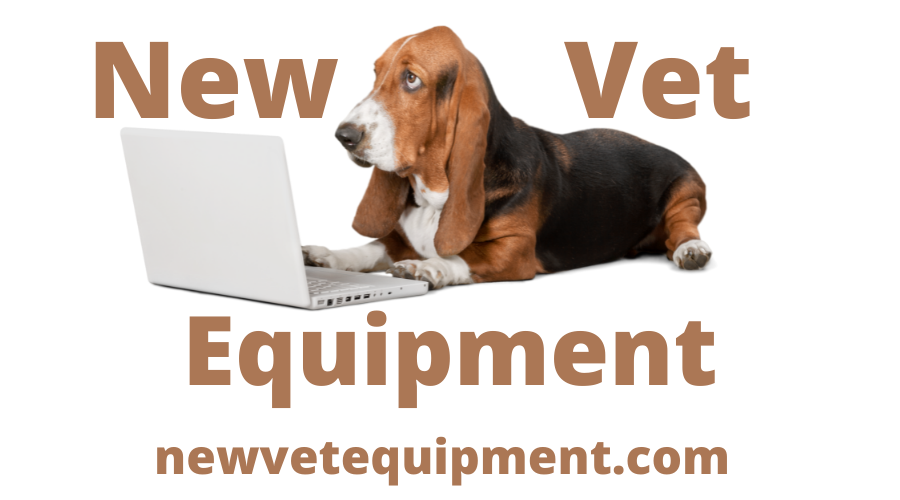Smart Growth for Your New Veterinary Hospital
Financial Tips for a Thriving Vet Practice
On the one hand, starting your veterinary hospital feels like a dream come true…
On the other hand, it’s also a massive commitment that comes with big decisions.
We know it’s not just about opening the doors but staying financially grounded and taking advantage of every opportunity to save on costs.
In this article, we’ll talk about how to carve out your niche, save on veterinary equipment, and keep your finances healthy from day one.
Specializing Your Veterinary Services to Stand Out in a Competitive Market
When you're the new kid on the block, it can feel daunting to compete with long-established hospitals. But the great news is that you don’t have to offer everything to everyone. Focusing on a specialty might be the best way to fill a gap in your community and quickly earn loyal clients.
How to Identify What Your Community Needs
Ask yourself:
Are there emergency services nearby?
Do local pet owners have access to care for exotics or pocket pets?
What about complementary services like acupuncture or hospice care?
Look at other practices nearby and see if you can identify the gap in service offerings. You might uncover an opportunity to specialize in something like:
Urgent or after-hours care
Exotic animal medicine
Holistic modalities like acupuncture or laser therapy
Mobile or house-call services
Even if you’re a general practitioner, a minor specialization can go a long way in attracting a specific, underserved client base – even something as simple as short-term boarding or grooming services.
How to Save on Veterinary Equipment Costs: Section 179 Explained
Outfitting a new hospital with top-of-the-line equipment isn’t cheap.
But, a tax break can make a huge difference—especially when buying everything from x-ray machines to dental units.
What Is Section 179?
Section 179 is a part of the IRS tax code that allows small business owners, like veterinary practice owners, to deduct the full purchase price of qualifying equipment in the year it was purchased and put into service.
So, instead of slowly depreciating equipment costs over 5–7 years, you could write off the entire cost this year.
That means if you buy $50,000 worth of equipment, you can deduct the full $50,000 from your taxable income in year one.
What Kind of Equipment Qualifies?
New or used vet equipment (ultrasound, dental x-ray, surgical tables)
Computers and software
Office furniture
Even some leasehold improvements
Yes, used vet equipment qualifies, too—as long as it’s new to you and actively used in your business that year.
Important Deadlines & Tips
Equipment must be purchased and used by December 31 of the tax year.
Talk to your accountant about IRS Form 4562—that’s the one you’ll need to claim the deduction.
Learn more about Section 179 for helpful calculators and examples.
This tax deduction is a game-changer, especially for new practices looking to stretch every dollar!
What's New for 2025?
For 2025, the maximum Section 179 deduction is $1,250,000. This limit decreases dollar-for-dollar if the cost of qualifying property placed in service exceeds $3,130,000. The maximum deduction for sport utility vehicles placed in service in 2025 is $31,300.
Read more here - https://www.irs.gov/publications/p946
Money Management Tips for New Veterinary Practice Owners
Money management is one of the least glamorous (but most important) parts of owning your hospital.
Even if you don’t consider yourself much of a numbers person, a little organization now can save you a lot of stress (and cash) later.
1. Separate Business and Personal Finances
This is rule number one. Open a dedicated business bank account and get a separate credit card for your practice. This simplifies bookkeeping and protects you legally.
2. Track Everything in Real Time
Use software (like QuickBooks or the accounting tools built into your practice management system) to keep tabs on every dollar coming in and going out.
3. Set a Realistic Budget for Living Expenses
Remember, your practice might take 12 to 24 months to profit fully. Make sure your budget reflects that. Talk to a financial planner if needed.
4. Stay on Top of Licenses and Permits
Nothing will ruin your day (or your budget) like a surprise penalty from the state board or city business office. Always set reminders for renewals and double-check that everything is current.
5. Work With a Veterinary CPA
A CPA who understands the veterinary field can help with tax strategy, equipment depreciation, payroll setup, and more. Don’t DIY this unless you have a strong accounting background.
6. Don’t Delay Bookkeeping
Avoid the dreaded shoebox full of receipts. Reconcile your accounts weekly or hire someone to do it. It’ll help you plan, stay compliant, and identify problems early.
7. Track Your Goals
Set monthly or quarterly financial targets (revenue, expenses, profit margins). This helps you stay focused and measure your growth, even when buried in appointments.
Opening a new veterinary hospital is a bold and exciting step, but small, thoughtful decisions like carving out a specialty, claiming deductions, and managing your finances wisely create long-term stability.
You're not just building a clinic—you’re creating a place where your team feels valued, clients feel heard, and pets get the care they deserve. With the right strategy and support, your dream practice is just around the corner!



